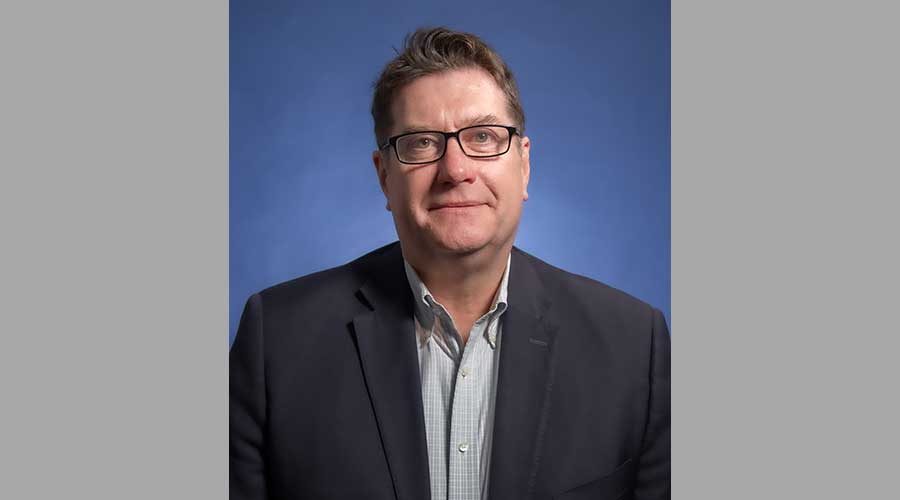Stay updated on news, articles and information for the rail industry
May 2015
Rail News: Passenger Rail
Ball State University students premiere documentary advocating transit rail in Indiana
By Daniel Niepow, Associate Editor
In recent years, the state of Indiana has had a rocky relationship with transit rail. Home to an extensive network of interurban rails in the early 1900s, the state has since been stripped of nearly all transit rail lines save the South Shore Commuter Line to Chicago and a few Amtrak lines.
The uncertain state of passenger rail in the Hoosier State served as the inspiration for a group of 18 Ball State University (BSU) students, who earlier this month released their documentary “Indiana Crossrails: A Transit Choice.” The film’s title is a play on Indiana’s status as the “crossroads of America,” says BSU instructor Chris Flook, who served as the students’ project adviser.
A culmination of a semester’s worth of work, the film makes the case for greater passenger rail in Indiana through a series of historical documents and interviews with transit leaders across the country.
“I used to think this was — at least in this state — a very one-sided issue, but that really isn’t the case,” Flook says. “There are a lot of Republicans behind [transit rail] because they look at from an economic development point of view, where Democrats might see it as more of a social justice issue.”
The students spoke with Charlie Monte Verde, senior government affairs specialist at Amtrak, and John Muth, interim chief executive officer at the Charlotte Area Transit System (CATS), among other transit leaders and observers.
To gather adequate rail-related footage for the film, the students traveled to Michigan, Utah, North Carolina and elsewhere. They elected not to use any stock footage, says BSU senior Kiefer Wiseman, one of the documentary’s five directors.
“We wanted places that were very similar in size, and very similar in look and feel as Indiana,” says Wiseman.
Each student director tackled a different issue pertaining to passenger rail in Indiana. Wiseman, who delved into the economic impact of transit systems, interviewed small-business owners near CATS lines to gather testimony on the impact of rail on their communities.
BSU senior Cassandra Eiler covered rail’s environmental considerations, for which she interviewed Tim Maloney of the Hoosier Environmental Council. Eiler compared the wildlife impacts of constructing rail lines versus highways.
In particular, she focused on a planned extension of Interstate 69, which would run through the habitats of federally endangered bat species, she says.
For Eiler, an informed and motivated populace is key to ensuring the success of passenger rail, and a large part of that involves convincing the public that passenger rail is a good thing for the state.
“One of the things we just kept reminding ourselves is that the conversation needs to happen,” she says.
To reinforce their message, the students launched a website that features additional video content, blogs, research and related data.
The students participating in the project comprise a diverse set of majors and interests, including English, history, telecommunications and urban planning. Few came into the project with rail-specific expertise, but they needed to demonstrate a willingness to champion passenger rail, Flook says.
“I wanted them to have a specific message in mind,” he says, adding that he gave students freedom to produce the film as they wished.
While Crossrails unequivocally advocates rail, its ultimate goal is to showcase a more integrated transit across multiple modes, Wiseman says.
“It’s not all about ditching your car,” he says. “It’s about being able to take your car, but also taking the train, bus or bike.”


 2025 MOW Spending Report: Passenger-rail programs
2025 MOW Spending Report: Passenger-rail programs
 Gardner steps down as Amtrak CEO
Gardner steps down as Amtrak CEO
 Guest comment: Oliver Wyman’s David Hunt
Guest comment: Oliver Wyman’s David Hunt
 Women of Influence in Rail eBook
Women of Influence in Rail eBook
 railPrime
railPrime







